Men’s Health Issues at Work: The Hidden Cardiovascular Crisis

Introduction: Men’s Health Issues Deserve a Workplace Wake-Up Call
Heart disease is the #1 killer of men, responsible for nearly one in four male deaths, more than any other cause. Yet for millions of men in professional settings, men's health issues, especially cardiovascular health, remain an afterthought, too often ignored until it’s too late.
The workplace plays a powerful role in this silent crisis. Long hours, high stress, sedentary routines, and "tough it out" culture have created the perfect storm for declining health. While men pride themselves on powering through pressure, the truth is clear: men’s workplace health is being undermined by the very environments meant to drive performance.
It’s time for a shift, not just in personal behavior, but in how employers and HR leaders approach men's health issues. This blog is a wake-up call, not a warning. We’ll explore why heart disease in men is rising sharply during prime career years, how workplace culture contributes, and most importantly, what can be done.
From actionable strategies and high-ROI programs to the latest tech like wearable monitoring and portable red light therapy, you’ll discover how organizations can safeguard their teams and how men can take control of their health, without sacrificing performance.
Because protecting men's hearts is no longer just a personal matter. It’s a workplace priority.
The Cardiovascular Crisis Among Working Men
Heart disease isn’t just a retirement-age problem. 50% of cardiovascular events in men occur before age 65, striking hardest during the peak of men’s working years. Alarming new data shows men are 134% more likely than women to die from heart disease during their careers, an outcome fueled by stress, long hours, and a persistent belief that health issues can “wait.”
While only 1% of men aged 25–44 report diagnosed heart disease, those numbers spike to 9% by age 55–64. Unfortunately, many of these cases are caught too late. Why? Because 20% of heart attacks occur without any noticeable symptoms, earning heart disease its title as "the silent killer."
Health Disparities Across Age, Race, and Region
The crisis isn't evenly distributed. Black working-age men face 87% higher cardiovascular mortality rates than their white counterparts. Hispanic men also show concerning trends, with 52% cardiovascular disease prevalence in those aged 20 and older. Geography matters too. Stroke deaths for Black men in the Southern U.S. reach 65.7 per 100,000, far higher than in other regions.
Key Stats about Men's Health Issues Employers Can't Ignore:
| Statistic | Value | Details / Notes |
| Annual Heart Attacks in the U.S. | 805,000 | Total number of heart attacks per year in the U.S. (men + women) |
| Average Age of First Heart Attack in Men | 65.5 years | Typical onset age for men |
| Adults with Hypertension | 46.70% | Nearly half of all U.S. adults |
| Men Aged 55–64 with Hypertension | 66% | Significantly above the average |
| Undiagnosed High Blood Pressure in Men | 38% | Silent risk factor often unnoticed without screenings |
These numbers aren’t just health red flags, they’re indicators of rising costs, absenteeism, and productivity loss for employers.
Men's health issues aren’t just a clinical concern, they’re a business imperative.
How Work Is Wrecking Men’s Hearts
Workplace Stress Is a Cardiovascular Time Bomb
Behind the suits, screens, and deadlines lies a dangerous truth: workplace stress is destroying men’s hearts. Long hours, constant pressure, and poor work-life balance don't just wear men down mentally—they elevate blood pressure, raise inflammation, and trigger hormonal patterns that directly damage cardiovascular health.
Just how serious is it? A global review by the World Health Organization found that working 80+ hours a week increases heart disease risk by 146%. Even at 55 hours per week, men face a 17% higher risk of dying from ischemic heart disease. These risks aren’t abstract, they're showing up in emergency rooms and costing businesses millions in lost talent and productivity.
Sedentary Jobs and Shift Work Are Silent Saboteurs
Over 80% of today’s jobs are primarily sedentary. Sitting for more than 10 hours a day, even if you exercise after work has been linked to cardiovascular dysfunction and increased waist circumference in men. That desk job might look harmless, but it’s actively raising your risk of heart disease and other men's health issues hour by hour.
Shift work only adds to the danger. By disrupting circadian rhythms, night shifts impair cortisol regulation, blood pressure cycles, and glucose metabolism. The result? A 26% higher risk of ischemic heart disease and greater likelihood of non-dipping hypertension, one of the most dangerous predictors of heart events.
The Real-World Impact:
- Reduced cognitive function and slower decision-making
- Increased absenteeism and short-term disability claims
- Higher risk of on-the-job cardiac events and accidents
- Lost productivity tied to chronic fatigue and brain fog
The takeaway for employers: workplace stress heart disease isn't just hurting men, it’s hurting your bottom line.

Why Men Avoid Care And How to Change That
Masculine Myths Are Keeping Men Sick
Despite facing rising cardiovascular risks, working men often avoid doctors at alarming rates. According to Cleveland Clinic’s 2023 survey, 65% of men delay seeking medical attention, and 44% don’t have a regular physician. Why? For many, it's not just about time, it’s about identity.
Traditional masculine norms frame health concerns as weakness and seeking care as a sign of vulnerability. In male-dominated industries, taking a sick day or admitting symptoms like fatigue or chest pain can be seen as a liability. This “tough guy” mentality is reinforced by workplace cultures that reward overwork and stoicism, at the expense of men's health issues.
Time, Money, and Denial Create a Dangerous Mix
Financial stress also plays a role. Men who are primary breadwinners often delay care to avoid missing work or incurring costs, even when symptoms arise. Combined with demanding schedules, lack of workplace flexibility, and minimal health access, the path of least resistance becomes denial.
And denial is deadly. Men frequently rationalize symptoms, blaming stress, aging, or “just a bad week.” But 20% of heart attacks have no clear symptoms at all, making routine screenings critical.
What Employers Can Do:
- Normalize health conversations in male-led teams
- Offer flexible scheduling for preventive care
- Introduce private, in-office health screenings
- Promote health tracking tech to encourage self-monitoring
Culture change starts at work, and it can save lives.
Tech and Tactics That Work for Men
High-Performance Health Tools for High-Performing Men
Modern technology is rewriting the rules of men’s cardiovascular care, making it easier, more private, and more aligned with the performance mindset. Today’s tools are not just medical, they’re productivity assets.
Wearable devices like the Apple Watch Series 8 and Samsung Galaxy Watch 5 go far beyond fitness tracking. These smartwatches offer ECG capabilities, continuous heart rate monitoring, blood oxygen levels, and even irregular rhythm alerts, all in real time. For working men who prefer to self-monitor and stay ahead of potential issues, these devices are a game-changer.
On-Site Screening and Virtual Access
For companies, offering on-site or mobile cardiovascular screenings through systems like OSCAR brings clinical-quality assessments right to the workplace. These quick 15-minute tests cover key heart health metrics (blood pressure, cholesterol, glucose) and deliver instant risk scores.
Telemedicine makes care even more accessible. With virtual visits, men can consult doctors without leaving the office, removing the biggest barrier to preventive care: time.
Portable Red Light Therapy: A Smart, Passive Boost
Emerging evidence shows that red and near-infrared light therapy may reduce inflammation, enhance circulation, and support vascular function, all critical for heart health. Portable red light therapy devices like Lumaflex Body Pro are now small, wearable, and workplace-friendly.
For men who want low-effort, high-impact tools, this therapy fits seamlessly into a tech-driven health strategy. Think: energy optimization, recovery support, and better blood flow, without interrupting the workday and addresses most of men's health issues.
When health solutions feel more like performance upgrades, men engage. And that’s exactly the point.
Real ROI: Why Employers Can’t Afford to Ignore This
Investing in men's health issues at work isn’t just the right thing to do, it’s a business decision backed by hard numbers. Cardiovascular disease alone costs U.S. employers billions annually in lost productivity, absenteeism, and emergency healthcare claims. But forward-thinking companies are flipping that script.
Take Johnson & Johnson, whose long-term wellness program generated a $3.92 return per dollar invested, thanks to reductions in medical costs and improved employee performance. Intel’s data-driven approach to employee wellness reported $6 in ROI for every $1 spent, largely through reduced disability claims and lower rates of preventable condition, like heart disease.
Men, who make up the majority of high-risk cardiovascular cases under age 65, represent a critical leverage point. When companies address their needs directly, the results extend beyond cost savings. Employees report better focus, more energy, and improved decision-making, factors tied directly to productivity and leadership performance.
And there’s a safety dimension too. Even one unrecognized cardiac event can lead to catastrophic outcomes in high-stakes or physically demanding industries. A proactive approach to men’s cardiovascular health reduces these risks and builds a culture of care that supports both morale and retention.
Ignoring men’s health issues isn’t neutral, it’s expensive. Strategic wellness investments, especially those targeting cardiovascular risk in working-age men, pay off in performance, resilience, and long-term business stability.
Action Plan: What Employers Should Do Now
Creating a workplace heart health program that truly supports men's health issues requires more than a one-off screening or generic step challenge. It takes strategy, leadership, and cultural alignment. Here’s how to move forward:
A 3-Phase Roadmap for Men’s Wellness Strategy
- Baseline Start by gathering data: biometric screenings, anonymous health surveys, and utilization of existing wellness benefits. Understand where your workforce stands, especially men in high-stress or high-risk roles.
- Build Layer in proven tools: wearables for cardiovascular monitoring, portable red light therapy devices, and telehealth options that eliminate time and access barriers. Adjust policies to support flexible scheduling, movement breaks, and recovery time.
- Sustain Shift workplace culture with gender-tailored messaging. Normalize proactive health behaviors. Celebrate participation, not just outcomes. Train managers to support—not stigmatize—men who prioritize health.
What Success Looks Like
A thriving men’s wellness program drives more than engagement. It lowers risks, boosts productivity, and builds safer teams. Look for reduced absenteeism, higher biometric screening rates, and a visible shift in how men talk about and act on their health. That’s not just good health. It’s smart business.
Conclusion: A Lifesaving Business Decision
The cardiovascular crisis among working men demands urgent, strategic action. Implementing a robust men’s health initiative isn’t just about saving lives, it directly enhances workplace performance, productivity, and safety. Healthier men mean sharper focus, more energy, and fewer costly disruptions. Employers who act now to prioritize cardiovascular prevention in the workplace will protect their most valuable asset, their people, while driving long-term financial gains. The time to move from awareness to action is now. Lives and profits depend on it. Men’s health issues are no longer optional concerns, they’re critical to business continuity.
Boost Your Heart Health at Work with Lumaflex
Looking for a smarter way to support your cardiovascular health on the job? Lumaflex red light therapy is a science-backed, portable solution designed to reduce inflammation, enhance circulation, and fit seamlessly into your daily routine, right at your desk. Take control of your health, boost your energy, and protect your performance with technology made for working men.
Don’t wait—upgrade your wellness strategy today.
References
Etudo, M. (2024). Heart attack age: Risk by age group. Medical News Today. https://www.medicalnewstoday.com/articles/heart-attack-age-range
Intel Corporation. (2024). 2023-24 Intel Corporate Responsibility Report. Intel. https://csrreportbuilder.intel.com/pdfbuilder/pdfs/CSR-2023-24-Full-Report.pdf
Intro: Gender Differences. Intro: Gender Differences | Women’s Heart Health Centre. (n.d.). https://cwhhc.ottawaheart.ca/node/7#:~:text=These%20differences%20are%20important%20because,have%20to%20be%20this%20way.
National Heart, Lung, and Blood Institute . (2020). With every heartbeat is life. With Every Heartbeat Is Life: A Community Health Worker’s Manual on Heart Disease for African Americans. https://www.nhlbi.nih.gov/sites/default/files/publications/Heart%20Manual_InsidePages_Final_10.19.20.pdf
Ozminkowski RJ;Ling D;Goetzel RZ;Bruno JA;Rutter KR;Isaac F;Wang S;, R., Ling, D., Goetzel, R., Bruno, J., Rutter, K., Isaac, F., & Wang, S. (2002). Long-term impact of Johnson & Johnson’s Health & Wellness Program on Health Care Utilization and expenditures. Journal of occupational and environmental medicine. https://pubmed.ncbi.nlm.nih.gov/11802462/
Pelc, C. (2024). Heart health: Sitting for 10.6 hours a day may raise death risk. Medical News Today. https://www.medicalnewstoday.com/articles/sitting-more-than-10-hours-day-may-increase-heart-failure-death-risk#:~:text=A%20new%20study%20suggests%20that,to%20vigorous%20exercise%20per%20week.
Why do many men avoid seeking medical help?. Dignity Health. (n.d.). https://www.dignityhealth.org/central-coast/about-us/hello-healthy/articles/why-do-many-men-avoid-seeking-medical-help
World Health Organization. (2021). Long working hours increasing deaths from heart disease and stroke: Who, ilo. World Health Organization. https://www.who.int/news/item/17-05-2021-long-working-hours-increasing-deaths-from-heart-disease-and-stroke-who-ilo#:~:text=The%20study%20concludes%20that%20working%2055%20or,compared%20to%20working%2035%2D40%20hours%20a%20week.&text=This%20trend%20puts%20even%20more%20people%20at%20risk%20of%20work%2Drelated%20disability%20and%20early%20death.











